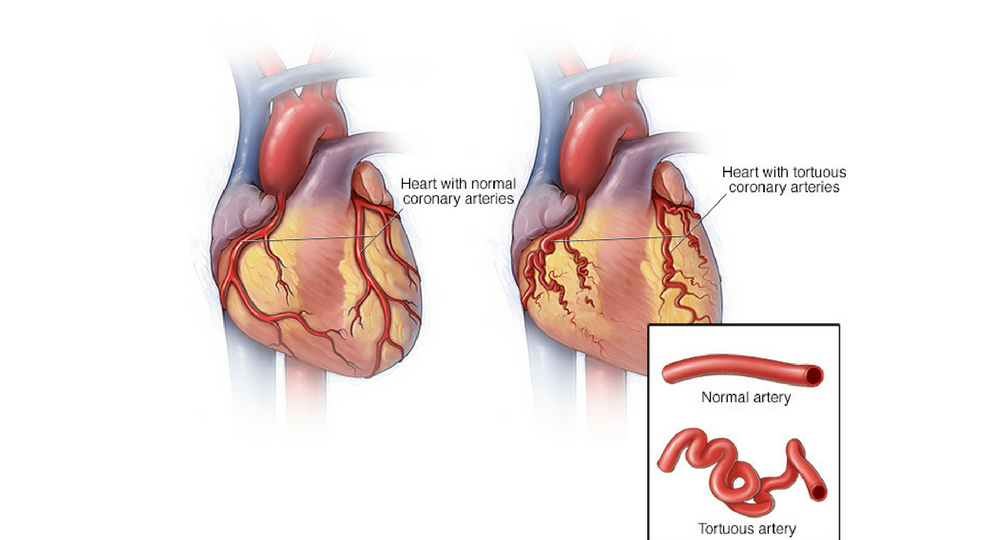Sometimes a heart attack is not just a heart attack, but the result of spontaneous tearing in the coronary artery wall.
The artery wall has three layers and when a tear occurs, blood is able to pass through the innermost layer and become trapped and bulge inward. This narrows or blocks the artery and can cause a heart attack because blood flow cannot reach the heart muscle.
Spontaneous coronary artery dissection (SCAD) is an uncommon occurrence, but because it occurs spontaneously, it’s important to recognize the symptoms and get treatment immediately.
Dr. Naesha Parks began her journey with SCAD in 2008, just ten days after giving birth to her son. Her doctors discovered that she had a coronary artery dissection which required open heart surgery. Here’s her amazing story:
“If you have a young patient who doesn’t show atherosclerosis in the arteries and has symptoms of a heart attack, then you need to look for SCAD,” said Kathy E. Magliato, a cardiothoracic surgeon and director of Women’s Cardiac Services at St. John’s Health Center in Santa Monica, Calif., and author of “Heart Matters.”
Researchers aren’t sure what causes SCAD, but patients are often women who are otherwise healthy, with few or no risk factors for heart disease. Some studies have pointed to a hormonal link, showing a greater incidence among post-partum women and women who are experiencing or close to a menstrual cycle.
“Thirty percent of all SCAD patients have recently had a child,” said Dr. Magliato, who is also president of the Greater Los Angeles American Heart Association. “When we see it in men, it’s after extreme exertion, such as isometric exercises.”
Recent studies have also shown many SCAD patients also have fibromuscular dysplasia, a condition that causes abnormal cell growth in the arteries that can cause narrowing, beading or tearing in the artery walls, or an aneurysm.
SCAD is difficult to diagnose before it causes a heart attack because it doesn’t have any warning signs. And although it can cause a life-threatening heart attack, SCAD patients don’t typically have other heart disease risk factors.
That’s why recognizing the symptoms of a heart attack is so crucial for SCAD patients. Warning signs may include chest pain or pressure, shortness of breath, profuse sweating and dizziness.
“Around 80 percent of the time, we see this disease in fairly young, healthy and active patients,” Dr. Magliato said. “Seek immediate treatment if you think you’re having a heart attack. ”
Treatment for SCAD patients differs from other heart attack patients, who may require a procedure to insert a stent to hold the artery open or bypass surgery. For SCAD patients, more conservative therapy that emphasizes blood pressure control and medication can have better results, Dr. Magliato said.
“When you put a stent in a SCAD patient, there’s a higher risk of complications and a lower success rate,” Dr. Magliato said.
Doctors may be able to recognize the signs of SCAD using an angiogram, but an intravascular ultrasound or optical coherence tomography screening, which allows doctors to see the artery from the inside out, is needed to make a definitive diagnosis, Dr. Magliato said.
SCAD patients have a high risk of recurrence and should let their doctor know about any changes to their health. They should also make sure they are reducing any other risks they may have for heart diseases, such as high blood pressure, smoking or high cholesterol.
“The bottom line is that any type of chest pain is abnormal,” Dr. Magliato said. “If you’re a young healthy woman and you have chest pain, you need to get medical attention.”
Source: www.heart.org
Image: Mayo Clinic




